Whether in business or life, have you ever thought about why you take the actions you take on a daily basis?
What is that really motivates you to take action and stay in action? Is it the sheer joy of what you do or is it the promise of some kind of reward or outcome?
(The answer to these questions determines your motivational profile.)
Over the last year I’ve become fascinated by the science of motivation.
Why? Because when you understand motivation, you understand influence or what it really takes to move someone to action (and keep them in action)… including yourself.
And influence is the foundation of marketing and ultimately, transformation where the power to change beliefs, habits, actions, and ultimately lives changes the world.
My student Dr. Carl Aylen is an ex-Cambridge math professor turned entrepreneur. He’s an internationally recognized expert statistician and has studied the motivations that drive hundreds of thousands of people. (Grab his e-book here for free with the “CA002325” coupon code.)
He shared with me a shocking fact that changed everything about the way I do business and marketing and ultimately how I work with my students — and that is — 80% of the population is “extrinsically” motivated.
This means their motivation comes from outside of them, and is driven by external rewards. They’re motivated to perform an action or behave in a specific way by the promise of either earning a reward or avoiding punishment.
And just 20% of the population is “intrinsically” motivated. Meaning their motivation comes from inside of them and is driven by internal rewards. They’re motivated to act and behave because it’s personally interesting, rewarding or fulfilling.
Now, naturally these numbers aren’t absolute. People can of course have both intrinsic and extrinsic motivation, but they do have a tendency towards one or the other…
Now what does this actually look like?
Well, let’s take the example of reading this blog.
An intrinsically motivated person might be drawn into this post for the sheer joy of exploration, of learning something new. You never know what’s going to support you in evolving into your highest potential.
Now an extrinsically motivated person might read this post because there’s something specific to gain. The headline caught your eye and you’re wondering how you can use leaderboards to grow your business (we’re getting to that BTW) IE: there’s a promise of reward.
Let’s look at one more example: running.
An intrinsically motivated person might run for the joy of running. While an extrinsically motivated person might run because they need to lose weight or their doctor told them they need physical exercise.
Now you can be extrinsically motivated in some areas of your life and intrinsically motivated in others. But usually people tend towards one side of the spectrum or the other…
So what does this 80/20 split have to do with how you run your business, marketing and programs?
It means that if you want to move your tribe into action and keep them into action, you need to learn how to work with extrinsic motivation or how to incentivize action with the right rewards.
As Natalie Boyd wrote in her article on Intrinsic and Extrinsic Motivation in Education.
“Now, you may think that intrinsic motivation is better than extrinsic motivation, and you’d be right up to a point. Studies have shown that people are more likely to stick to a task, invest more time in a task, and be more successful at it if they are intrinsically motivated.
However, extrinsic motivation has its place, too. After all, without extrinsic motivation, many of us would never exercise, never go to work, and never clean our houses. Many day-to-day tasks that are required to live a healthy life are extrinsically motivated. Besides, who doesn’t like to be rewarded for what they do?”
According to this blog post by author and educator Kendra Cherry:
Extrinsic rewards work super well in situations where you need to:“Induce interest and participation in something in which the individual had no initial interest.”
- “Motivate people to acquire new skills or knowledge. Once these early skills have been learned, people may then become more intrinsically motivated to pursue the activity.”
- Provide feedback, “allowing people to know when their performance has achieved a standard deserving of reinforcement.”
There are a lot of ways to leverage extrinsic motivation in your business, marketing and programs and I’m going to cover just one here in this post: Leaderboards.
Leaderboards are a powerful way to inspire participation and let people know where they are in relation to others or in relation to a specific milestone or standard.
Leaderboards are a way to report daily or weekly results or status over a given period of time and incentivize progress (and often friendly competition) with rewards.
I use Leaderboards in affiliate contests for product launches to motivate partners to go all out in their promotion by competing for valuable prizes and, as cheesy as it may seem, it definitely works.
In our last launch, our top partner really wanted to win the $30K branding package with me and his team actually asked us to let them know if they were in danger of losing the top spot so they had time to do more.
Our top prize motivated them to drive over $112K in sales. How would you like your partners to be so motivated to share your work with the world that they drive over $112K in sales for you?
I also use Leaderboards to motivate students to do the work to acquire new skills. We developed a custom membership site system for our Experience Product Masterclass that allowed students to rack up “experience points” based on watching the trainings and doing the homework. We could then look at the backend and see exactly how many points each student had and post a leaderboard each week showing the students with the top number of Experience Points.
That allowed us to create regular “jump contests” and other rewards and prizes along the way (such as t-shirts or “Superbux”, the special currency we developed that allowed students to win money towards future work with us) when we noticed motivated starting to drop (as it always does when people are learning something new and challenging.
This also allowed us to do an overall contest for the grand prize: a ticket to join me and my top 10 affiliate partners at our Experience Product Mastermind.
And I gotta say, we had students who reported being addicted to the program. We had students who literally cried when their name wasn’t on the leaderboard list. Through our program leaderboard contests, we gave away 70 T-shirts and $17,366 in Superbux…
Finally, we’ve been using a Bring a Friend contest Leaderboard to inspire ticketholders to our big upcoming Message to Money LIVE event to bring their friends, so they can have a deeper experience of our event and we can introduce more people to our work. We have some awesome prizes on the line – everything from private time with me to stage-time to share their message with over 250 people.
By email and posting leaderboards a few times a week, we have generated an additional 60 ticket sales to our event and counting. This one strategy has added an extra 20% to our ticket sales beyond what we would have sold on our own. I have friends who have been able to double their live event ticket sales using leaderboards.
So while I personally run on intrinsic motivation, it’s been a huge lesson for me to start designing experiences in our business, marketing and programs to support the 80% of the population that is more extrinsically motivated.
As they say, one of the greatest forms of compassion is to accept other people’s reality. And to design not for yourself, but for others.
How can you use extrinsic motivation to better support your business and yourself?
How can you motivate your partners, students, customers and clients into greater and greater levels of action and success?
I’d love to hear your ideas in the comments!
Love it? Hate it? Let me know...
-
Great information – thank you Marisa. I’m curious if you have any suggestions on how we can use this in 1:1 coaching?
-
Leaderboards don’t really apply to 1:1 customers, but you can create other external rewards with them that are meaningful to them personally.
-
Kate, thank you for your question. Making distinctions and asking what questions for deep self-evidence are places to be with in leadership coaching. I look forward to new learning with you and a great group of people in LA.
-


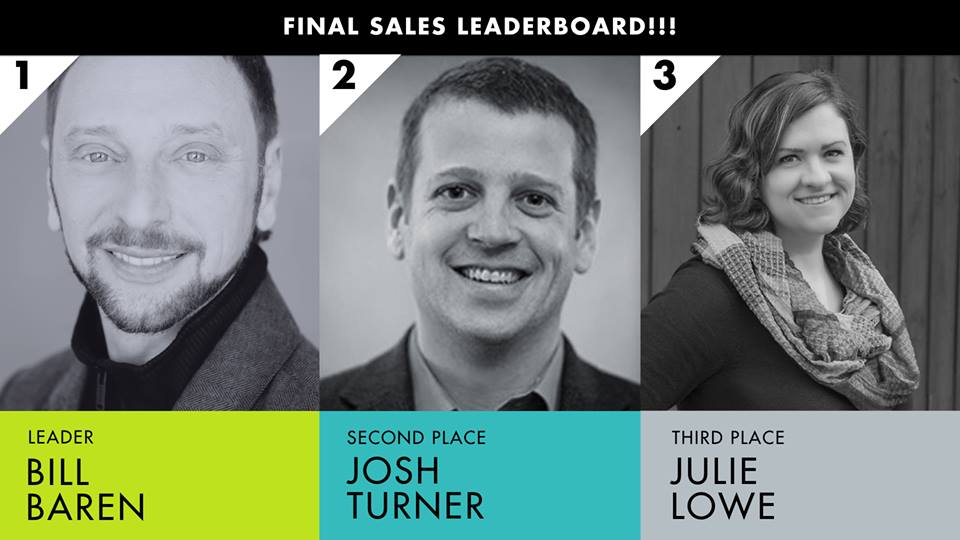
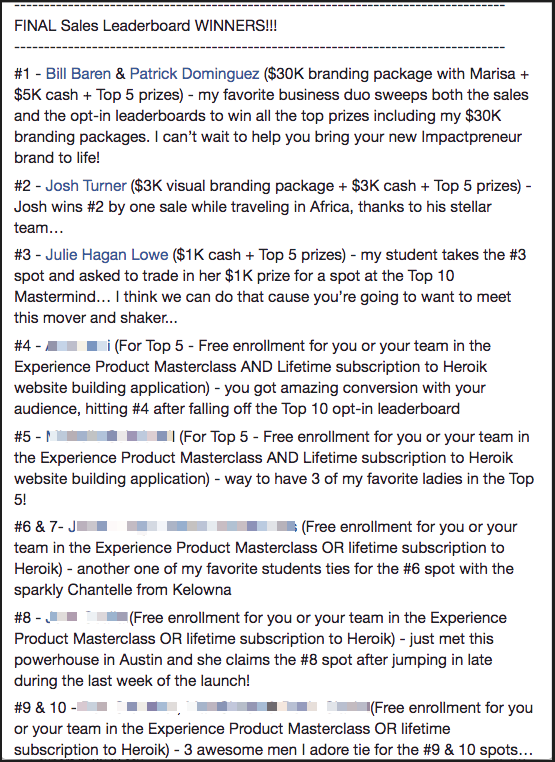
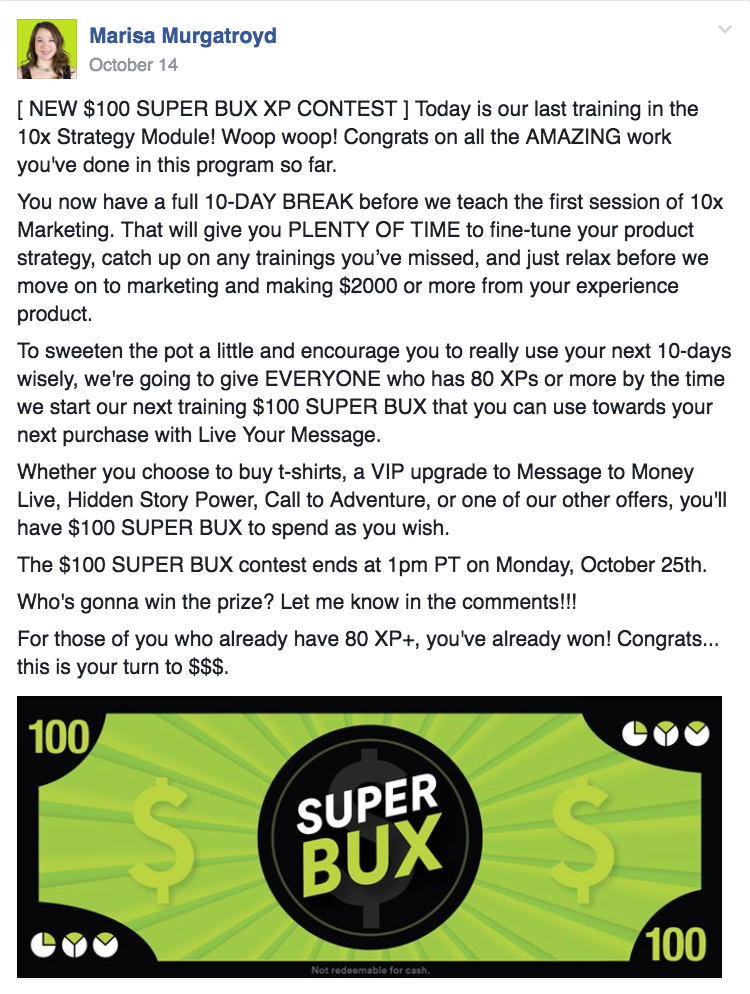

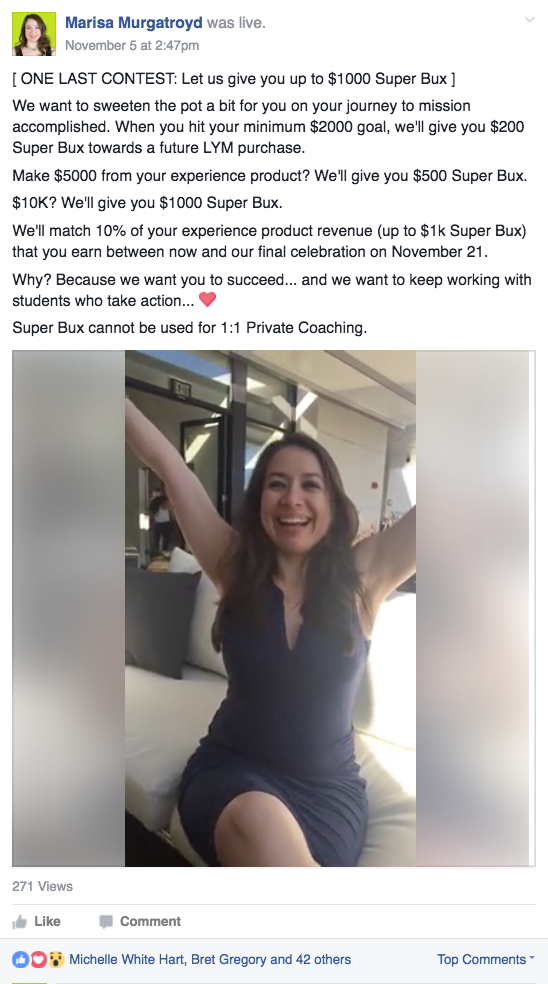
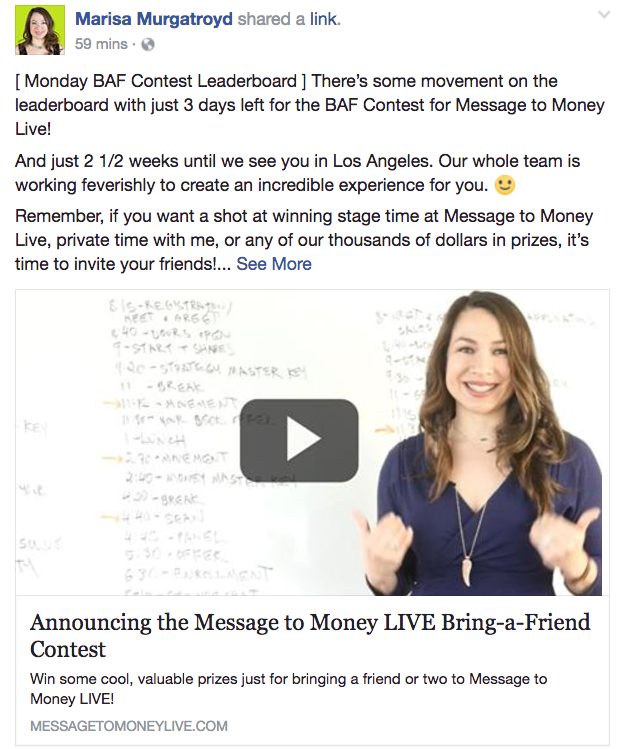

























Leave a Comment